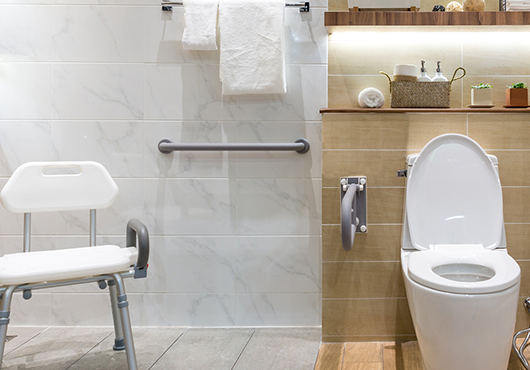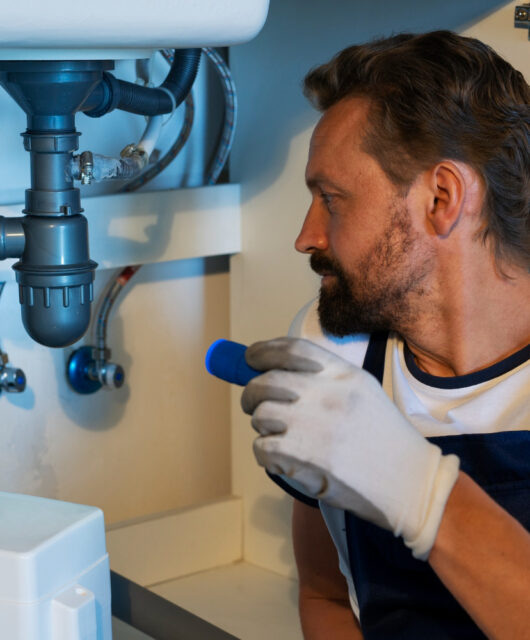Effective Ways to Prevent and Remove Attic Mold
 Key Takeaways
Key Takeaways
- Mold in the attic can pose serious health risks and structural damage.
- Regular inspections and proper ventilation are crucial in preventing mold growth.
- Professional mold removal services can effectively address severe infestations.
- A step-by-step manual for adequately cleaning your attic of mold.
- Recommended measures to keep your attic mold-free.
Understanding the Dangers of Attic Mold
Mold in the attic can cause health issues and structural damage if left untreated. The spores released by mold can lead to respiratory problems and compromise the structural stability of your house. It’s essential to recognize its signs and understand the risks. If you reside in a damp climate, you may often look for mold removal Seattle professionals who can assist in handling these problems. Early intervention not only safeguards your health but also preserves the integrity of your home. Regular inspections and timely remediation can prevent minor mold issues from escalating into significant, costly repairs. Addressing underlying moisture problems is crucial to prevent mold recurrence and ensure a safe living environment.
Common Causes of Attic Mold
Effective prevention of attic mold requires knowledge of its underlying causes. A typical cause is inadequate ventilation. Moisture can accumulate without enough ventilation, creating the perfect mold formation conditions. Another principal offender is leaking roofs; even tiny leaks can bring in enough moisture to encourage mold growth. Significant functions are also played by humidity and condensation. When the attic is exposed to excessive humidity, mold can quickly grow. By enabling the meeting of warm and cold air, improper insulation can make these problems worse by causing condensation. Knowing these causes will enable you to take the appropriate precautions.
Essential Steps for Preventing Attic Mold
To prevent mold growth:
- Install vents and fans to promote airflow and maintain a balanced temperature and humidity level.
- Regularly inspect your roof for leaks, checking for water stains or damp spots.
- Keep humidity levels below 60% using dehumidifiers, especially in high-humid regions.
Moisture meters are another tool for monitoring the attic’s moisture level. Ensure your attic is well-insulated to prevent condensation, which is a familiar environment in which mold thrives. By implementing these procedures, you can ensure a mold-free and healthy interior environment.
How to Inspect Your Attic for Mold
Regular inspections are crucial to detecting mold early before it becomes a more significant issue. Use a flashlight to check for black or green patches on wooden surfaces, insulation, and ducts. Pay attention to musty odors, which often indicate mold presence, even if it’s not immediately visible. Crawl into corners and behind stored items to ensure a thorough inspection. If you find any suspicious spots, immediately act before the problem escalates.
Step-by-Step Guide to Removing Attic Mold
Use protective gear such as gloves, masks, and goggles to remove mold safely. Seal the attic to prevent mold spores from spreading. Dispose of mold-infested insulation and porous materials responsibly. Scrub affected areas with a mold-removal solution or mix one bleach with ten parts water. Dry the area entirely with fans and dehumidifiers to prevent mold recurrence. For comprehensive mold removal, consider hiring professional mold remediation services equipped to handle severe infestations and take necessary safety precautions. This will help prevent mold recurrence and ensure a clean environment for future mold infestations.
Maintaining a Mold-Free Attic
Prevention is always better than cure. Implement regular maintenance checks, keep your attic well-ventilated, and control moisture levels. Proper insulation can also help maintain a mold-free environment. Regularly check your attic for leaks, condensation, or increased humidity. Inspect your insulation and replace it if it becomes wet or damaged. Keep gutters clean and in good repair to prevent water from entering your home. By staying vigilant, you can ensure that your attic remains dry, safe, and mold-free.
Conclusion
Although attic mold can be a severe issue, you can maintain your house’s and attic’s safety and health with routine inspections, preventative measures, and appropriate mold remediation techniques. Mold removal and prevention are simple processes that need consistency and close attention to detail. You may effectively treat and prevent attic mold issues by following the procedures above and getting professional assistance when necessary. In addition to safeguarding the structural integrity of your house, a mold-free attic also provides a healthier living space for you and your family.









